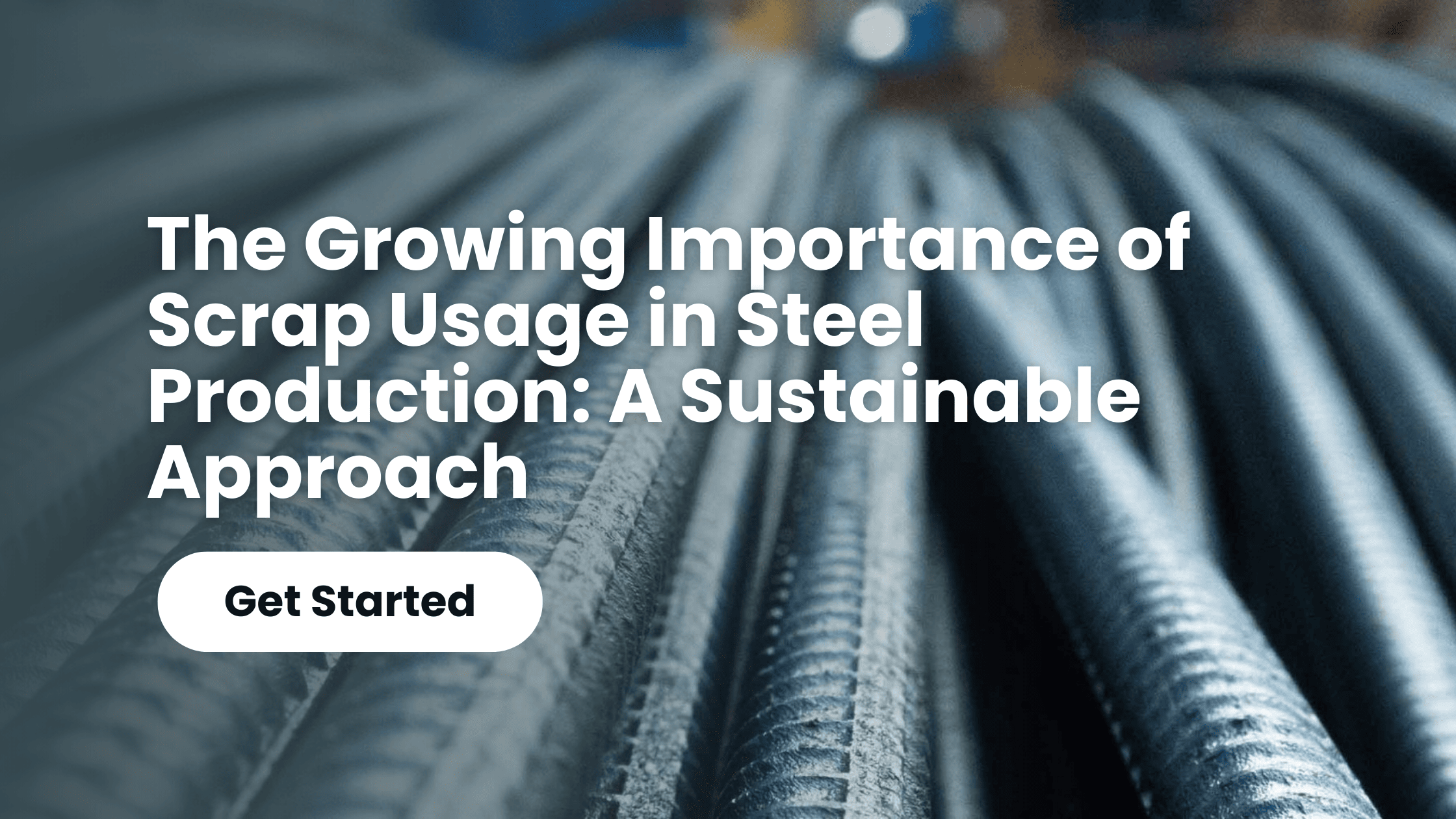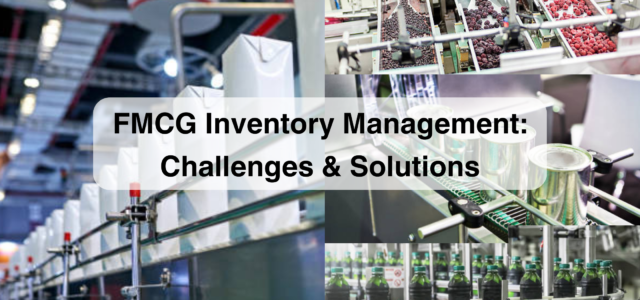Introduction:
The use of scrap in steel production has become increasingly vital, not only for its environmental benefits but also for its resource conservation advantages. With the goal of reducing emissions and promoting sustainability, industries are recognizing the significance of incorporating scrap into their steel manufacturing processes.
India has witnessed a significant surge in steel production over the past eight years, reaching an impressive 120 million tonnes per annum. However, the utilization of scrap in this production was a mere 30 million tonnes. Recognizing the potential of recycled steel and with the aim to increase steel production by 2030, the Indian government is actively advocating for the use of recycled steel.
Increased Steel Production and Environmental Impact
The production of steel has witnessed a significant rise, with output increasing by nearly 50 percent, from 80 million to 120 million tonnes per annum. This growth, however, comes with environmental consequences, including higher emissions and resource consumption.
The Role of Scrap in Emission Reduction and Resource Conservation
Scrap plays a crucial role in suppressing industry emissions and conserving resources. For every tonne of scrap used in steel production, approximately 1.5 tonnes of CO2 emissions are avoided, along with the savings of 1.4 tonnes of iron ore, 740kg of coal, and 120kg of limestone. These statistics highlight the significant environmental benefits associated with incorporating scrap into the steelmaking process.
Future Prospects
- With the Vision of 2047 in sight, the goal is to increase scrap usage in steel production from the current 15% to almost 25% within the next five years. This ambitious target indicates the industry’s commitment to promoting sustainability and reducing reliance on virgin materials.
- Consequently, improved scrap sorting techniques will be crucial to reduce contamination by trace metals like copper. Ensuring effective separation of steel grades will enable a greater range of products to be produced through the secondary route, contributing to a more sustainable steel industry.
- Designing products for remanufacturing and recycling is an essential aspect of applying circular economic principles. By prioritizing product design that facilitates the separation and recycling of ferrous and non-ferrous metals such as copper, industries can further enhance the recyclability of valuable materials and reduce the need for virgin metal production.
Conclusion
With its high recyclability, steel stands as a prime example of a material that can be easily and effectively recycled, making it an integral part of India’s sustainable development goals. By promoting and prioritizing steel recycling, the government is paving the way for a greener, more efficient, and economically viable steel industry in the country.
Here are more resources for you to explore
Read more about how Steel Manufacturers are Promoting Sustainability








